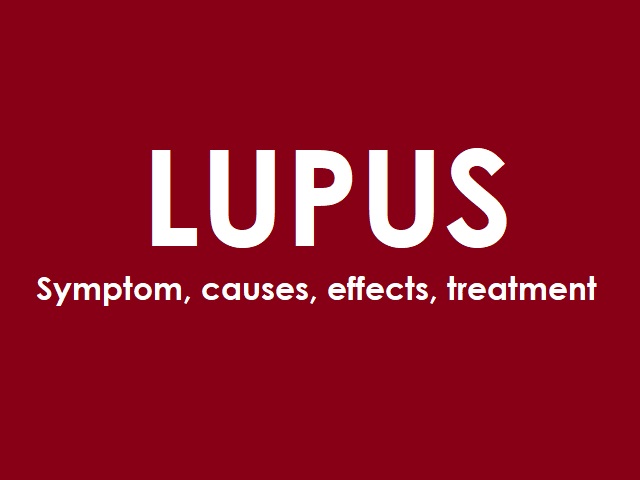4 Signs You May Have Osteoporosis -- Symptoms, Causes, Effects, Treatment and Prevention
Osteoporosis is a medical condition characterized by weakened and brittle bones, making them more susceptible to fractures. It occurs when the body loses too much bone mass or fails to produce enough new bone. Osteoporosis is often referred to as a "silent disease" because it progresses without noticeable symptoms until a fracture occurs.
Symptoms of Osteoporosis
In the early stages, osteoporosis may not present any noticeable symptoms. As the condition progresses, individuals may experience:
- Back pain: Persistent back pain, often caused by fractured or collapsed vertebrae.
- Loss of height: Gradual loss of height over time due to vertebral fractures.
- Stooped posture: Developing a hunched or stooped posture, known as kyphosis or a "dowager's hump."
- Fractures: Increased risk of fractures, especially in the spine, hips, wrists, and other weight-bearing bones.
Causes of Osteoporosis
Several factors contribute to the development of osteoporosis, including:
- Aging: Bone mass naturally decreases as people age, making them more susceptible to osteoporosis.
- Hormonal changes: Reduced estrogen levels in women during menopause and lower testosterone levels in men can accelerate bone loss.
- Gender: Women are at a higher risk of developing osteoporosis than men.
- Family history: Having a family history of osteoporosis increases the likelihood of developing the condition.
- Lifestyle factors: Sedentary lifestyle, smoking, excessive alcohol consumption, low calcium and vitamin D intake, and prolonged use of certain medications (e.g., corticosteroids) can contribute to bone loss.
Effects of Osteoporosis
Osteoporosis can have several detrimental effects on individuals:
- Fractures: The weakened bones in osteoporosis are more prone to fractures, which can result in pain, disability, and loss of independence.
- Decreased quality of life: Chronic pain, mobility limitations, and fear of falling can significantly impact an individual's overall well-being and quality of life.
- Increased healthcare burden: Osteoporosis-related fractures require medical intervention, rehabilitation, and long-term management, resulting in healthcare costs.
Treatment of Osteoporosis
The primary goals of osteoporosis treatment are to prevent fractures, relieve pain, and slow down bone loss. Treatment options may include:
- Lifestyle modifications: Regular weight-bearing exercises, a balanced diet rich in calcium and vitamin D, and avoidance of smoking and excessive alcohol consumption.
- Medications: Various medications, such as bisphosphonates, hormone therapy, selective estrogen receptor modulators (SERMs), and monoclonal antibody medications (e.g., denosumab), may be prescribed to improve bone density and reduce fracture risk.
- Fall prevention: Implementing measures to prevent falls, such as home modifications, balance exercises, and appropriate footwear.
Prevention of Osteoporosis
Prevention strategies focus on building and maintaining strong bones throughout life:
- Adequate calcium and vitamin D intake: Consuming a diet rich in calcium and vitamin D or taking supplements as needed.
- Regular exercise: Engaging in weight-bearing exercises, such as walking, jogging, dancing, or strength training, to promote bone health.
- Healthy lifestyle choices: Avoiding smoking and excessive alcohol consumption, as these habits can contribute to bone loss.
- Bone density screenings: Women over 65 years of age and men over 70 years of age should consider bone density testing to assess their risk of osteoporosis.
References:
National Osteoporosis Foundation. (2021). What is Osteoporosis? Retrieved from https://www.nof.org/patients/what-is-osteoporosis/
Mayo Clinic. (2021). Osteoporosis. Retrieved from https://www.mayoclinic.org/diseases-conditions/osteoporosis/symptoms-causes/syc-20351968
National Institute of Arthritis and Musculoskeletal and Skin Diseases. (2020). Osteoporosis: Overview. Retrieved from https://www.niams.nih.gov/health-topics/osteoporosis














